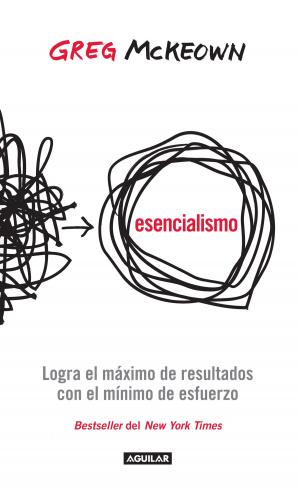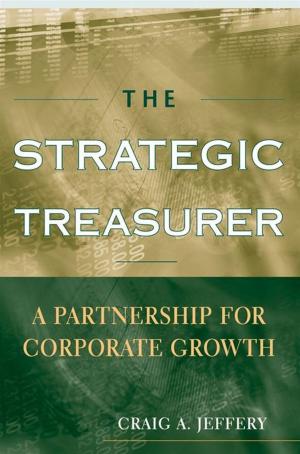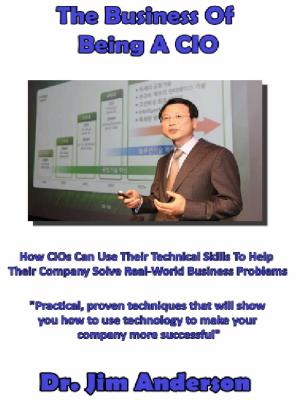| Author: | Dr Nancy Harkrider, Tan Kim Leng | ISBN: | 1230000241099 |
| Publisher: | KDi Asia Pte Ltd | Publication: | May 20, 2014 |
| Imprint: | Language: | English |
| Author: | Dr Nancy Harkrider, Tan Kim Leng |
| ISBN: | 1230000241099 |
| Publisher: | KDi Asia Pte Ltd |
| Publication: | May 20, 2014 |
| Imprint: | |
| Language: | English |
Leading Change That Matters is for leaders who have the courage to change. It delivers on its promise to show you how to step into the winner’s circle by leading a critical transformation in your organization. The concepts are strategic, practical, tested and customizable, based on two decades of client engagements in Asia, Africa and the Middle East -- most recently in the Americas. The Adaptive Path Framework makes people-centric adoption not just possible, but highly attainable. It is no accident that their framework is well positioned to deal effectively with whatever the future tosses your way. It is ultimately about being prepared to navigate chaotic, unplanned change by first embarking on a high stakes planned shift in how your organization operates. The authors are seasoned, global practitioners. They know when to facilitate and when to intervene so that your emerging skills support you in leading change that gets the right things accomplished. Sustainable change happens as you convert stakeholders from the uncommitted to active adopters. The foundation of the authors’ philosophy is that if you win the hearts and minds of your people, they will, in turn; embrace future change and “lead from the front.” This is the ultimate goal of change management.
Leading Change That Matters is for leaders who have the courage to change. It delivers on its promise to show you how to step into the winner’s circle by leading a critical transformation in your organization. The concepts are strategic, practical, tested and customizable, based on two decades of client engagements in Asia, Africa and the Middle East -- most recently in the Americas. The Adaptive Path Framework makes people-centric adoption not just possible, but highly attainable. It is no accident that their framework is well positioned to deal effectively with whatever the future tosses your way. It is ultimately about being prepared to navigate chaotic, unplanned change by first embarking on a high stakes planned shift in how your organization operates. The authors are seasoned, global practitioners. They know when to facilitate and when to intervene so that your emerging skills support you in leading change that gets the right things accomplished. Sustainable change happens as you convert stakeholders from the uncommitted to active adopters. The foundation of the authors’ philosophy is that if you win the hearts and minds of your people, they will, in turn; embrace future change and “lead from the front.” This is the ultimate goal of change management.















